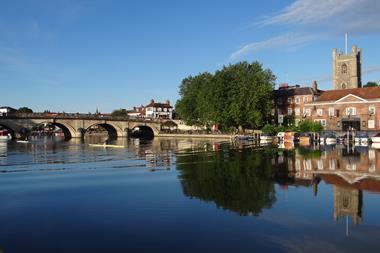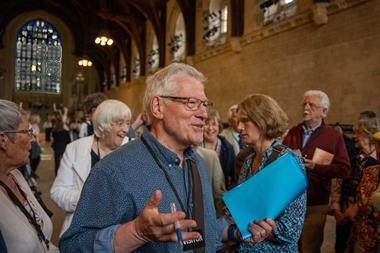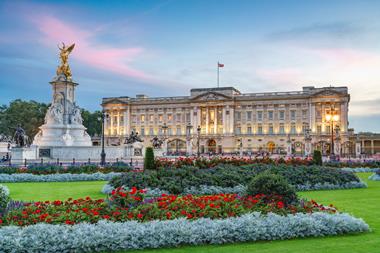
As it's International Women’s Day, Group Leisure has put together a quick guide to where groups can celebrate the power of women.
1. The Florence Nightingale Museum, London
The Florence Nightingale Museum teaches groups all about Nightingale’s achievements and the relevance of her legacy to nursing and healthcare today.
The museum is divided into three sections: The Gilded Cage about her family life, The Calling about her work during the war and Reform and Inspire¸ which covers the years she continued to campaign for health reform, even from her deathbed.
www.florence-nightingale.co.uk
2. Brontë Parsonage Museum, West Yorkshire
Groups can visit the Brontë family’s former home and discover more about the famous poet and author Emily Brontë, who is best known for writing Wuthering Heights.
Parties visiting the museum can book onto various walks and talks, including an introduction to the Brontës and also arrange to experience up-close views of the Brontë treasures.
3. The Joan of Arc History Centre, Normandy
The recently opened Joan of Arc History Centre is located inside the Archbishop’s Palace. The exhibition space invites visitors to journey back to the 15th century and become a witness and even a participant in Joan of Arc’s trial. Groups can tour with audio guides as they learn about the way Joan of Arc is linked with Normandy.
4. Jane Austen’s House Museum, Hampshire
Groups can learn more about the famous English novelist Jane Austen at the cottage where she spent the last eight years of her life – and where she revised three manuscripts she’d written previously, wrote three more novels and began work on one more.
Groups can explore the house, including the bakehouse and kitchen, or visit the purpose built learning centre which houses interactive exhibits.
www.jane-austens-house-museum.org.uk
5. Pendle Witches Trail, Lancashire
The famous Pendle Witch Trial saw twenty people committed for trial (and tried for witchcraft), sixteen of which were female. The trail connects the villages linked to the witches and the road they took through the Ribble Valley to Lancaster Castle where they stood trial.
Groups can take on the seven and a half mile walk at their own pace, or take a guided tour of Lancaster Castle to learn more about the imprisonment and the trials.
Whether you believe in witches or not, this museum is still a prime example of just how powerful women can be.









